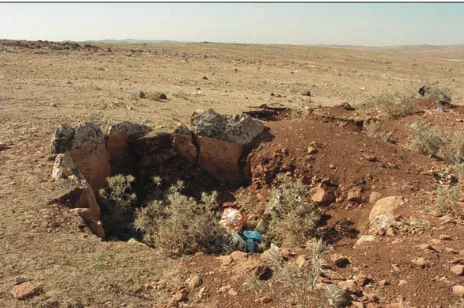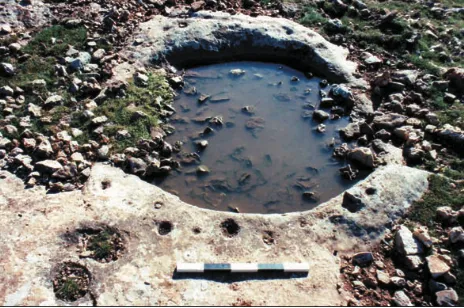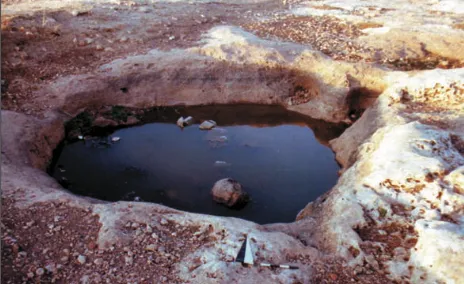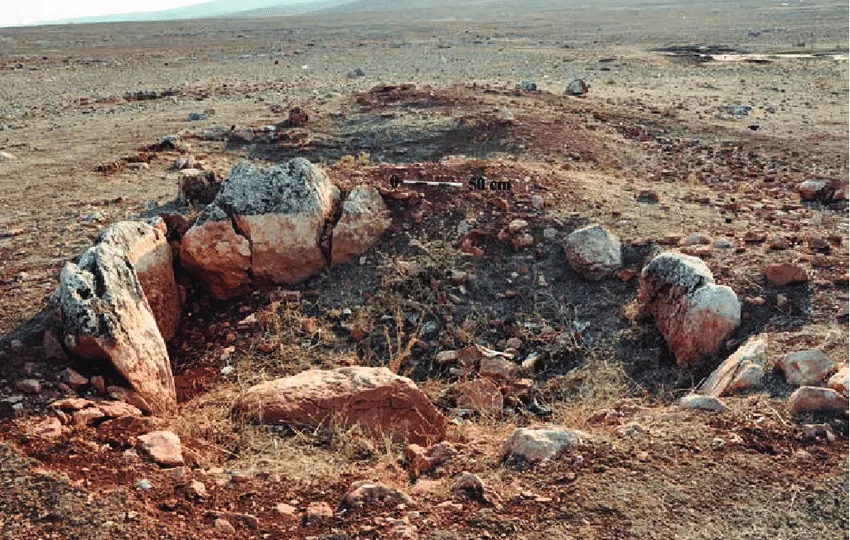The Archaeological Significance of Hamzan Tepe
Hamzan Tepe, discovered in 2000 during the Şanlıurfa Culture Inventory, is a significant archaeological site in southeastern Turkey. It lies within the city boundaries of Şanlıurfa, formerly known as Edessa in ancient times, and is located 10km south of the modern city center. This site, like Göbekli Tepe and Karahan Tepe, is situated on the high plateaus at the edge of the Harran Plain, a region known as the cornerstone of the Fertile Crescent.
Get your dose of History via Email

Location and Environment
Hamzan Tepe sits at approximately 600 meters above sea level in the Fatik Mountains, a region characterized by calcareous rocks due to erosion and a lack of water sources. The preserved part of the settlement covers an area of about 5000 square meters. The proximity to the Harran Plain, about 1km east, and the abundance of flint-stone faces on the southeastern edges, made it an ideal location for ancient settlers. Flint stone finds are plentiful around the site, with some areas yielding up to 250 pieces per square meter, indicating its importance for tool production during both the Lower Palaeolithic and Pre-Pottery Neolithic periods.

Historical Significance and Findings
Hamzan Tepe’s archaeological significance spans two distinct periods: the Lower Palaeolithic and the Pre-Pottery Neolithic. The site was initially used as a temporary open-air settlement during the Lower Palaeolithic, likely due to the availability of flint. Later, it became a minor settlement in the Pre-Pottery Neolithic, marked by the presence of round-plan architectural remains and T-shaped pillars, similar to those found at Nevali Çori and Göbekli Tepe.

Pre-Pottery Neolithic Assemblage
The architectural remains from the Pre-Pottery Neolithic period at Hamzan Tepe are sparse, with ground levels beginning from bedrock and varying between 20 and 80 cm. One notable find is a partially excavated T-shaped pillar, similar to those seen in Nevali Çori and Göbekli Tepe. This pillar’s presence indicates that the custom of building with T-shaped pillars was continued at Hamzan Tepe.
During a 2010 survey, two new round-plan architectural remains were discovered, though one was heavily damaged. The better-preserved structure had a diameter of about 4.5 meters, with single-row wall stones about 1 meter high and 30-40 cm thick. This round-plan building is the first of its kind found in the Urfa region, suggesting a unique architectural tradition during the Early Pre-Pottery Neolithic period.

Technological and Typological Analysis
Hamzan Tepe yielded an abundance of flint stone tools from the Early Pre-Pottery Neolithic, including Byblos and Nemrik points, bifacial cores, stone bowl fragments, flat axes made from river pebbles, and pestle fragments of basalt and obsidian. The flint tools, comprising 94.4% of the finds, include blades, flakes, and various tool types such as arrowheads, perforators, end scrapers, and hammers. The obsidian finds, though fewer, also indicate advanced tool-making techniques.
Paleolithic Assemblage
The Palaeolithic finds at Hamzan Tepe included 29 items, such as triedral picks, end scrapers, Clactonien flakes, bifacials, and Levallois cores. These artifacts indicate that the site was used as an open-air camp during the Middle to Upper Acheulian Phase of the Lower Palaeolithic. The presence of triedral picks, used primarily for digging, highlights the site’s role as a quarry for flint stone extraction.
Concluding Remarks
Hamzan Tepe offers a fascinating glimpse into early human settlement and tool-making practices. The site provides valuable evidence of the continuity of architectural traditions involving T-shaped pillars and round-plan structures in the Urfa region. The dual occupation periods, separated by a significant time gap, underscore its long-term importance. Future excavations at Hamzan Tepe could reveal more about the early phases of the Pre-Pottery Neolithic, further enriching our understanding of this pivotal period in human history.
Sources:

